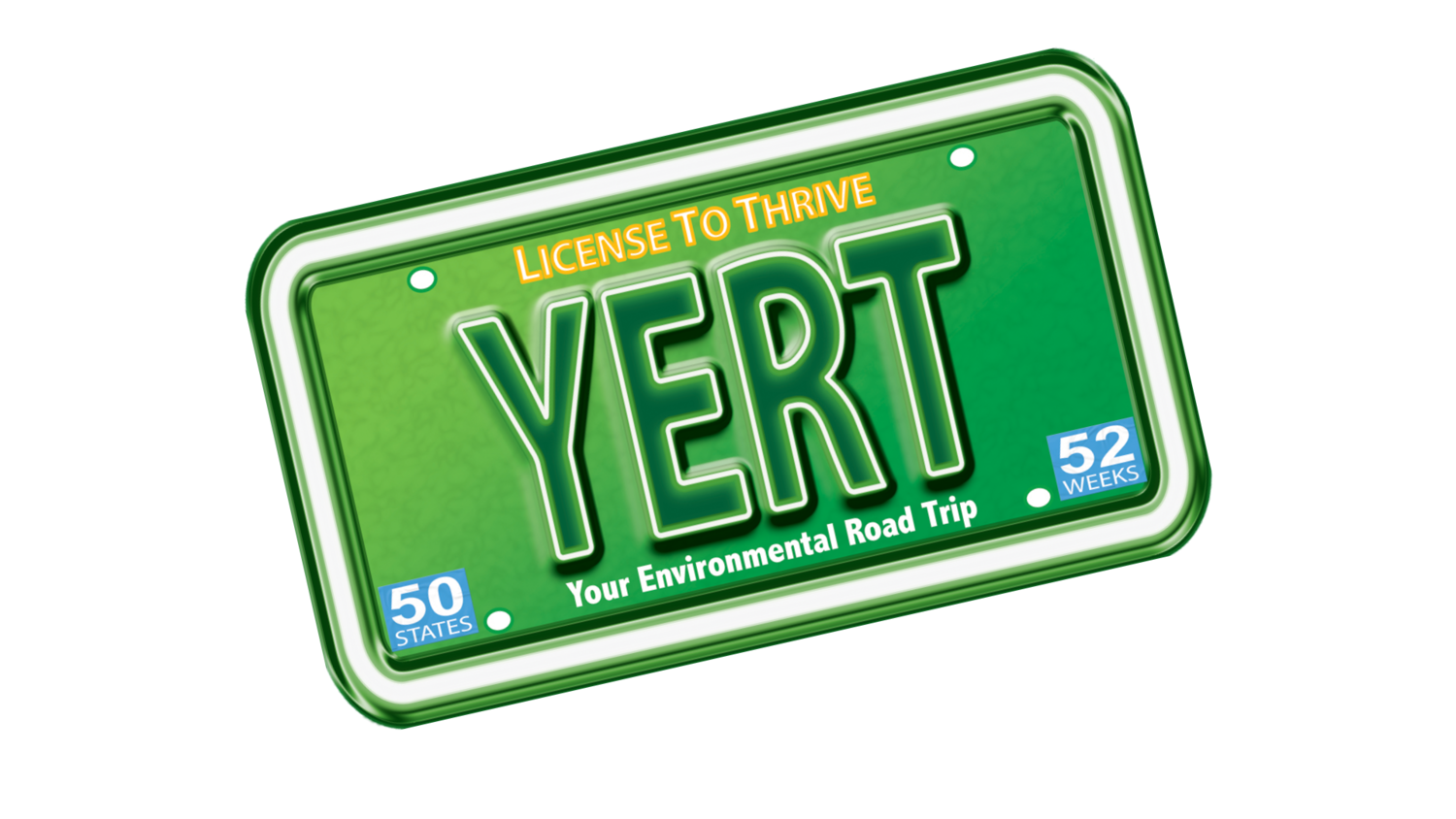Day 92,93: WA: On to the Heavy. Saving the Sound, and Salmon.
We spent the first two days rainy days in Seattle at Snowden and Dana's house, catching up on homework, and getting to know baby Adele. It's definitely getting colder. I wonder: Is it more environmentally responsible to buy new organic warm pants or to go to the Salvation Army and buy someone's old still-warm pants? I know which is friendlier to our wallet...It seems the big environmental issues in Seattle are specifically related to a rapidly growing population along its coast: Stormwater runoff into Puget Sound from new and existing developments is listed as the #1 toxic pollutant and Seattle is concentrating hard on Waste Management/Recycling issues. Snow & Dana told us that, along with providing regular trash and recycling bins, the city now also provides composting bins for lawn and food waste. Councilman Conlin told us that 30% of all collected garbage in Seattle is foodwaste, and his "zero waste" plan for Seattle capitalizes on this potential soil resource by collecting it from individual homes and restaurants and composting it offsite. Pretty cool.Then there is the Sound. When we first arrived in Seattle, we spent our first freezing windy Saturday at a beach cleanup on the edge of Golden Gardens. Ben and Mark interviewed volunteer beach cleaners, and filmed people chopping up invasive locust runners and picking up garbage off the sand while I hid in the bushes for windbreak with purple lips, chattering teeth and travelmug of coffee, waiting for my wonderful brother, Andrew, and his wife to show. Once they arrived, it was joyful visiting time for me, and I thank the boys for being understanding...and for agreeing to warm Indian buffet for lunch...One of the people we met at the beach clean up, Sue Joerger, runs a non-profit called Puget Soundkeeper Alliance, that takes Industry (and sometimes government agencies, ie:EPA) to task for violating the envi
ronmental laws that protect the Sound and the creatures who live in and use it. We joined Sue on an excursion through the Sound to the Duwamish River and saw firsthand the impact that Industry has had on the profile of the Sound. Machine after machine after machine are the water's edge, with 1 or 2 feeble attempts at reclaiming tiny wetlands areas looking sad indeed. Sue told us that her little nonprofit of only 6 employees sues 30-50 companies a year for not complying with pollution regulations and that, once fined, the companies usually do not violate again! (yeah, Sue!) But the laws are not strict enough to support the h
ealth/restoration of the salmon population, which she said has decreased 95%.(You read that number right. I asked her twice.)Salmon are unique to the Pacific Northwest, and are sacred to the Native American tribes who live in the area. We took the ferry across to the Peninsula and met with Rob Elofson, River Restoration Coordinator for the Lower Elwha Klallam Indian tribe. The tribe started asking the federal government more than two decades ago for the deconstruction of 2 dams along the Elwha River, in order to restore the natural ecosystem and hopefully see a return of a healthy salmon population, which are key to their culture and traditions. When it was discovered that bringing the dams down would actually be cheaper than renewing their
licenses and keeping them operational, the decision was made to deconstruct and so, in 2012, the Elwha and the Glines Canyon Dams will come out and the river will begin to be restored. These aren't the first dams to be deconstructed but they are the biggest.Olympic National Park spokeswoman Barb Maynes talked to us in the soggy rain for about an
hour in her wonderful Park Ranger hat (not shown in this picture as it hadn't started raining yet), standing in front of one of the doomed dams. She is optimistic about the effects that the dam removal will have on wild animal and plant life restoration around the river and in the Park, and is looking forward to seeing a return of diversity there. She did say that one of the misconceptions of local recreational fishermen is that the Tribes are responsible for the decline of the salmon population, and she assured us that is simply not the case. There is tons of information out there but basically there was a court decision made by Judge Boldt in 1974 (called the Boldt Decision) that gives Western Washington Native Tribes a right to 50% of fish harvest, and all other recreational non-tribal fishermen a right to the other 50%. Of course, if the fish population is down 95%, then all fishermen are unsatisfied with the outcome. Not surprisingly, Native Americans understand the reason for the decline and wish to restore the natural land while recreational fishermen (at least the ones we talked to) choose to blame the decline on treaty rights to fish, and want simply to change who gets to harvest and how.Rob Elofson stressed the
importance of studying the river area following the removal of the dams, including reintroduction of Salmon to the area, hatcheries, reclamation, fishing, etc., so the effects of the reclamation on the ecosystem can be assessed, and learned from. He hopes that the removal of the Elwha and Glimes Canyon Dams will be a positive example of how we can begin to undo the damage done to our ecosystems by unnatural alteration for irrigation and power. I asked Barb Maynes how long she thought it might be before the river would actually be restored to its pre-dammed state, so that we could plan our return to see it in its glory. She thought about 20 years. That's a date.**Rob: I hope very hard that soon enough we will all realize that WE ARE the natural world, as you do. For now, we will travel around proudly wearing our new Tribal ballcaps emblazoned with the words: "Bring our Dammed Salmon back!"
